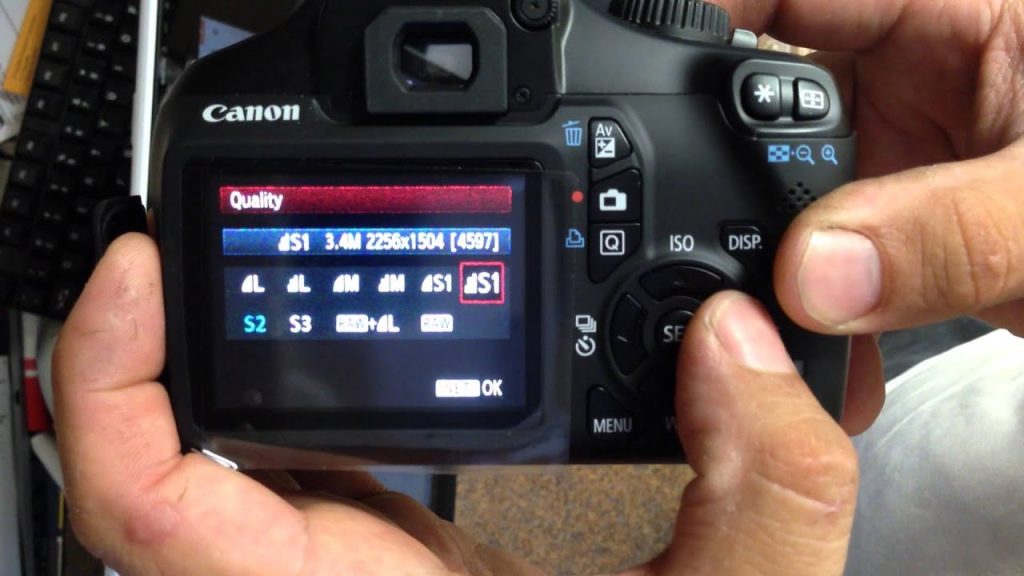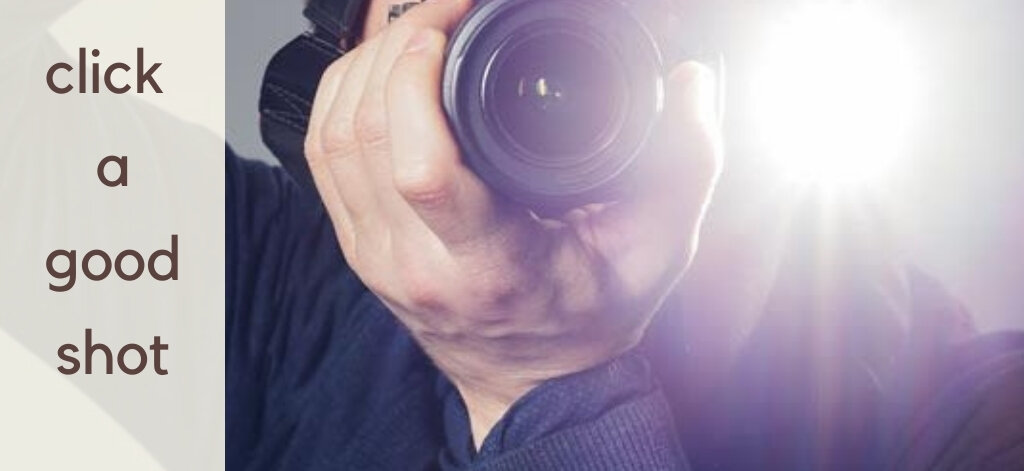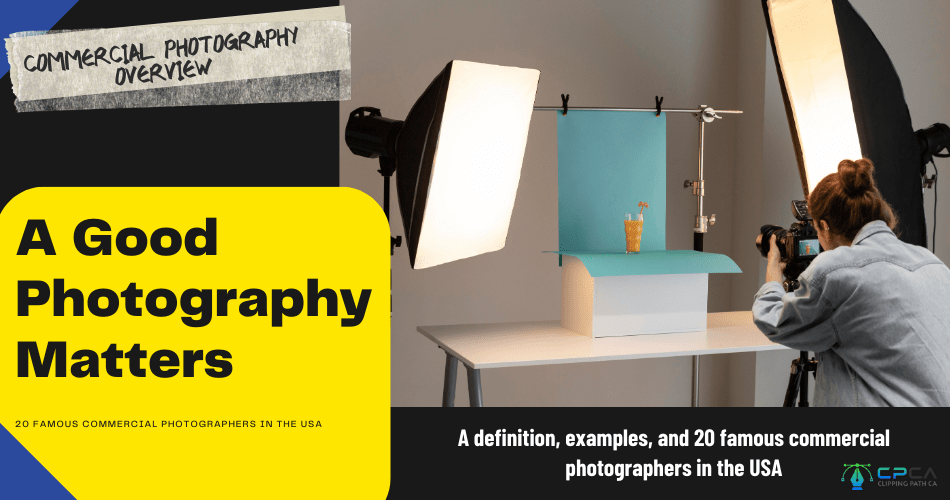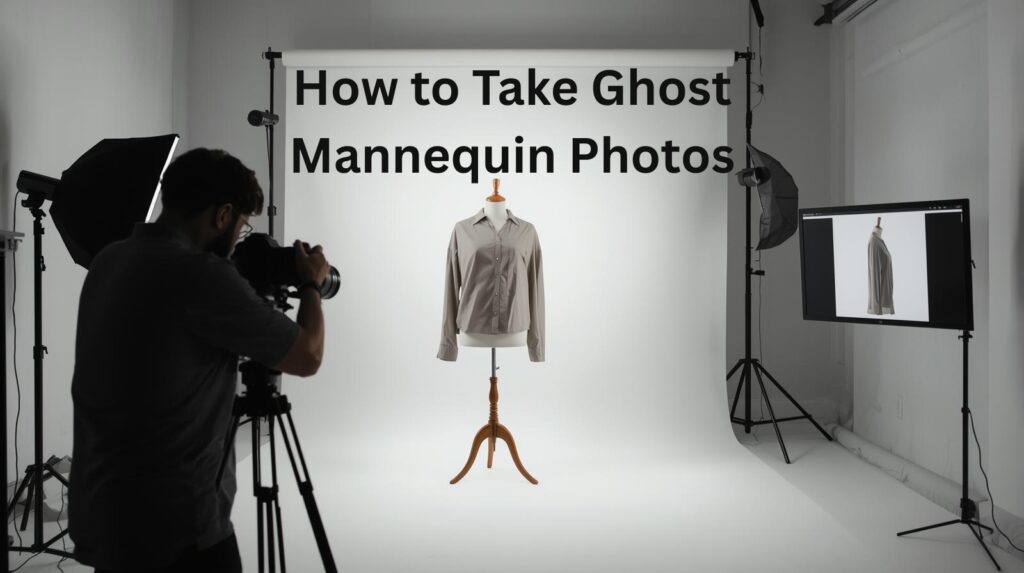Capturing the best pictures goes beyond mere documentation; it’s about preserving moments in a way that resonates and leaves a lasting impact. Whether you’re an aspiring photographer or a seasoned pro, mastering the art of photography requires a combination of skill, creativity, and a keen eye.
In this guide, we delve into the importance of capturing remarkable images and provide a concise overview of the essential tips that will elevate your photography to new heights.
Understanding Your Camera
☑️ Familiarizing yourself with the camera settings
How to take the best pictures? It’s crucial to familiarize yourself with the various settings on your camera. Take the time to understand concepts like aperture, shutter speed, ISO, white balance, and shooting modes. Each setting plays a vital role in determining the outcome of your photos.
Experiment with different combinations of settings to see how they affect your images. By understanding and mastering these settings, you’ll have greater control over the final result.

☑️ Exploring different shooting modes
Most cameras offer a range of shooting modes that are designed to optimize settings for specific scenarios. Take the time to explore and experiment with these modes. For example, the manual mode gives you full control over all camera settings, allowing you to fine-tune your exposure and achieve the desired effect. Aperture priority mode enables you to control the aperture setting while the camera adjusts the other parameters.
Shutter priority mode, on the other hand, allows you to set the desired shutter speed while the camera adjusts the remaining settings. Program mode is a versatile option that automatically selects the settings based on the scene.
By exploring and understanding these shooting modes, you can adapt to different shooting conditions and capture the best pictures in various situations.
☑️ Adjusting exposure and focus
Properly adjusting exposure and focus is essential for capturing high-quality images. Exposure refers to the amount of light that reaches the camera’s sensor, and it can significantly impact the brightness and tonal range of your photos. By adjusting settings like aperture, shutter speed, and ISO, you can control exposure and achieve a well-balanced image.
Additionally, understanding how to use exposure compensation can help you overcome challenging lighting situations.
Focus, on the other hand, determines the sharpness and clarity of your subject. Take the time to experiment with different focus modes, such as autofocus and manual focus, to find the one that works best for your photography style.
Learn how to select and adjust focus points to ensure that your subject is properly focused. Additionally, explore techniques like depth of field to create selective focus and draw attention to specific elements in your composition.
By familiarizing yourself with camera settings, exploring shooting modes, and mastering exposure and focus adjustments, you’ll gain greater control over your camera and be well-equipped to capture the best pictures in any situation.
Composition Techniques
☑️ Rule of thirds and framing
The rule of thirds is a fundamental principle in photography composition. Imagine dividing your frame into a grid of nine equal parts, with two horizontal and two vertical lines. The rule suggests placing key elements along these lines or at their intersections to create a visually appealing and balanced composition.
By following this guideline, you can add interest and visual flow to your images. Additionally, framing is another technique that can enhance your composition. Use elements in the scene, such as doorways, windows, or natural surroundings, to frame your subject and draw attention to it.
☑️ Leading lines and symmetry
Leading lines are powerful compositional tools that can guide the viewer’s eye through the image. Look for lines in your environment, such as roads, fences, or architectural elements, that naturally lead towards your main subject.
These lines can add depth and create a sense of movement in your composition. Similarly, symmetry can create a visually pleasing and balanced image. Look for symmetrical elements, such as reflections, patterns, or architectural structures, and position your subject in a way that emphasizes the symmetry. Symmetry can evoke a sense of harmony and order in your photographs.
☑️ Balancing elements and creating depth
Balancing elements in your composition is crucial for creating a visually pleasing image. Consider the visual weight of different elements and their placement within the frame. Aim to distribute the weight evenly or intentionally create an imbalance to add tension or interest to your photo.
Additionally, creating a sense of depth in your images can make them more engaging. Experiment with techniques like foreground-background relationships, overlapping elements, and utilizing a wide aperture to create shallow depth of field. These techniques can add dimension and make your photos more immersive.
By incorporating these composition techniques into your photography, you can elevate your images and create visually captivating photographs. Remember to experiment, practice, and develop your own unique style over time.
Lighting and Exposure
☑️ Utilizing natural light effectively
Natural light is a versatile and beautiful light source for photography. Understanding how to use natural light effectively can greatly enhance your images. Consider the quality of light, such as the softness or harshness of the sunlight, and how it interacts with your subject.
During golden hour (the hour after sunrise and before sunset), the warm and soft light can create a flattering and atmospheric effect. Position your subject in relation to the light source, whether it’s front-lit, backlit, or side-lit, to achieve the desired mood and highlight important details.
Additionally, consider using natural reflectors, such as walls or surfaces, to bounce light and fill in shadows.

☑️ Using artificial lighting techniques
In scenarios where natural light is limited or not ideal, artificial lighting techniques can come to the rescue. Experimenting with artificial lighting allows you to have greater control over the lighting conditions. Explore techniques such as using external flashes, continuous lights, or light modifiers like softboxes or umbrellas.
Thesetools can help you manipulate the direction, intensity, and quality of light to achieve the desired effect. Whether you’re shooting portraits, still life, or indoor scenes, artificial lighting techniques provide flexibility and creative possibilities to enhance your images.
☑️ Managing exposure settings for different scenarios
Exposure refers to the overall brightness and darkness of an image. Managing exposure settings is crucial for achieving well-balanced and properly exposed photographs. In different scenarios, you may encounter various lighting conditions, such as bright sunlight, low light, or high contrast scenes. Understanding exposure settings like aperture, shutter speed, and ISO allows you to adapt to these situations.
For example, in bright sunlight, you may need to use a smaller aperture (higher f-number) to reduce the amount of light entering the camera. In low-light situations, you may need to increase the ISO or use a wider aperture to let in more light.
Managing exposure also involves evaluating the dynamic range of a scene and making adjustments to preserve details in highlights and shadows. Techniques like exposure bracketing or using graduated neutral density filters can help you capture a wider range of tones in high contrast scenes.
By effectively utilizing natural light, exploring artificial lighting techniques, and mastering exposure settings for different scenarios, you can create compelling and well-exposed photographs. Remember to experiment, practice, and develop your understanding of light and exposure to capture the best pictures in any situation.
Subject Selection and Positioning
☑️ Choosing interesting subjects
The choice of subject can greatly influence the impact and success of your photographs. Look for subjects that evoke emotions, tell a story, or have unique characteristics. Interesting subjects can be found in everyday life, such as people, landscapes, architecture, or objects. Train your eye to see beauty and intrigue in ordinary things.
Experiment with different subjects and explore various genres of photography to find what resonates with you. Remember that an interesting subject can capture the viewer’s attention and make your photographs stand out.
☑️ Positioning subjects for impact and storytelling
Once you have chosen your subject, how you position and frame it within the composition can greatly enhance its impact and storytelling potential. Consider the placement of your subject within the frame and how it interacts with other elements.
Experiment with different angles, perspectives, and points of view to find the most effective way to convey your intended message or story. For example, positioning a subject off-center using the rule of thirds can create a sense of balance and visual interest.
Additionally, capturing subjects in motion or in their natural environment can add a dynamic and storytelling element to your photographs.
☑️ Incorporating foreground and background elements
To add depth and visual interest to your images, consider incorporating foreground and background elements. The foreground can act as a framing device that leads the viewer’s eye into the scene and adds a sense of dimension. Look for objects, patterns, or leading lines that can serve as foreground elements.
Similarly, pay attention to the background and ensure it complements and enhances your subject rather than distracting from it. Watch out for cluttered or busy backgrounds that may take away from the main focus of your photograph. Experiment with different apertures to control depth of field and selectively blur or emphasize elements in the foreground and background.
By carefully selecting interesting subjects, positioning them thoughtfully within your composition, and incorporating foreground and background elements, you can create visually compelling and storytelling photographs. Remember to practice your observation skills, experiment with different techniques, and develop your unique vision to capture the best pictures that convey your artistic intent.
Timing and Patience
☑️ Capturing decisive moments
In photography, there are moments that are fleeting and have a significant impact on the final image. These are often referred to as decisive moments. They are the split seconds when everything aligns perfectly, resulting in a powerful and captivating photograph.
To capture decisive moments, you need to be observant and anticipate the action or event. It requires a keen eye, quick reflexes, and an understanding of your subject or the situation you’re photographing. Keep your camera ready, be prepared to react swiftly, and constantly be on the lookout for those special moments that can elevate your photographs to a new level.
☑️ Being patient for the perfect shot
Patience is a virtue in photography. Sometimes, the perfect shot requires waiting for the right conditions, the ideal light, or the perfect moment to unfold. This could mean waiting for the right time of day, for the subject to move into a specific position, or for the elements in the scene to align harmoniously.
Patience allows you to capture images that stand out from the crowd and evoke a sense of tranquility, anticipation, or awe. Embrace the stillness, be patient, and trust that the right moment will come. Remember, the best photographs are often the result of patience and persistence.

☑️ Utilizing burst mode and continuous shooting
In situations where timing is critical and action is fast-paced, burst mode and continuous shooting can be invaluable tools. Burst mode allows your camera to capture a series of images in rapid succession by holding down the shutter button.
This feature enables you to capture a sequence of moments and increases the likelihood of capturing the perfect shot within that series. Continuous shooting mode is similar but allows you to take multiple shots with a single press of the shutter button.
By utilizing these features, you can increase your chances of capturing a decisive moment and have a range of images to choose from during the selection process.
Remember, timing and patience go hand in hand in photography. Being attuned to your surroundings, waiting for the right moment, and utilizing burst mode or continuous shooting can help you capture those elusive and impactful photographs. Embrace the process, stay present, and be patient, as the rewards of timing and patience can result in extraordinary images.
Post-Processing and Editing
☑️ Basic editing techniques
When it comes to post-processing and editing, there are several basic techniques that can help enhance your photographs. These techniques include adjusting brightness, contrast, and saturation to achieve a balanced and visually pleasing image. Cropping can also be used to improve composition or remove unwanted elements.
Additionally, straightening the horizon, sharpening the image, and reducing noise are common practices to refine the overall quality of the photograph. These basic editing techniques serve as a foundation for further enhancements and creative adjustments.
☑️ Enhancing colors and contrast
One way to make your images visually stunning is to enhance colors and contrast during the editing process. Using software tools, you can selectively adjust the saturation, vibrance, or hue of specific colors to make them more vibrant or muted, depending on your desired effect.
Adjusting contrast can help bring out details and create a more dynamic visual impact. Be mindful, however, of not overdoing these adjustments, as it can result in an unnatural and unrealistic appearance. Strive for a balance that enhances the overall aesthetic while staying true to the original scene.

☑️ Removing distractions and enhancing details
One way to make your images visually stunning is to enhance colors and contrast during the editing process. Using software tools, you can selectively adjust the saturation, vibrance, or hue of specific colors to make them more vibrant or muted, depending on your desired effect.
Adjusting contrast can help bring out details and create a more dynamic visual impact. Be mindful, however, of not overdoing these adjustments, as it can result in an unnatural and unrealistic appearance. Strive for a balance that enhances the overall aesthetic while staying true to the original scene.
Editing Techniques:
- Adjust brightness, contrast, and saturation
- Crop to improve composition
- Straighten the horizon
- Sharpen the image
- Reduce noise
Enhancing Colors and Contrast:
- Selectively adjust saturation, vibrance, and hue
- Find a balance between vibrant and natural-looking colors
- Adjust contrast to bring out details and create impact
Removing Distractions and Enhancing Details:
- Use clone stamp or healing brush to remove unwanted objects
- Refine details and textures through sharpening techniques
- Maintain a natural look and avoid excessive editing
It’s important to note that post-processing and editing should be used to enhance the original image and not to fundamentally alter its content or deceive viewers. The goal is to bring out the photographer’s vision and create a finished product that resonates with the intended audience.
Experimenting and Developing Your Style
☑️ Trying new techniques and perspectives
Photography is a creative journey that involves continuously pushing boundaries and exploring new techniques and perspectives. Experimentation allows you to discover fresh ways of capturing the world around you and adds depth to your photographic repertoire.
Try different genres, compositions, camera settings, or post-processing techniques. Embrace unconventional angles, experiment with long exposures or creative lighting setups. Stepping out of your comfort zone can lead to breakthroughs and help you develop a unique style.
☑️ Developing a unique photographic style
As you gain experience and experiment with different techniques, you will start to develop a personal photographic style. Your style reflects your unique vision and the way you interpret the world through your lens. It could be defined by a particular subject matter, a distinct use of color or light, or a consistent mood or storytelling approach.
Developing your style takes time and self-reflection. Explore different genres, study the works of other photographers for inspiration, but ultimately let your own voice shine through in your images.
☑️ Learning from mistakes and continuous improvement
Photography is a journey of growth and learning. Embrace mistakes as opportunities for growth and improvement. Analyze your images critically, identify areas for improvement, and learn from your experiences.
Seek feedback from others, join photography communities, or participate in workshops to gain insights and perspectives.
Continuous learning and improvement are essential for honing your skills and elevating your photography to new heights.
Practice and Consistency
☑️ Importance of regular practice
Practice is the key to mastering any craft, and photography is no exception. Regular practice hones your technical skills, refines your artistic vision, and strengthens your ability to capture the decisive moment.
Make it a habit to pick up your camera regularly, even if it’s just for a few minutes a day. Practice in different lighting conditions, experiment with different subjects, and challenge yourself to think creatively.
Consistency in practice will yield significant improvements over time.
☑️ Setting photography goals
Setting goals helps you stay focused and motivated in your photography journey.
Define specific goals that align with your aspirations and interests. It could be capturing a certain number of images per week, learning a new post-processing technique, or exhibiting your work in a gallery.
Setting goals provides direction and a sense of purpose, driving you to continually strive for growth and achievement.
☑️ Reviewing and analyzing your work
Regularly reviewing and analyzing your work is a critical part of the learning process. Take the time to assess your images objectively.
Look for strengths and areas for improvement. Consider the technical aspects, composition, storytelling, and emotional impact of your photographs.
Seek feedback from trusted sources or engage in self-critique. This reflective practice helps you identify patterns, understand your preferences, and make conscious decisions to refine your style and approach.
Conclusion
Photography is a lifelong journey of exploration, creativity, and growth. By embracing experimentation, developing a unique style, learning from mistakes, practicing consistently, and setting goals, you can continually improve your skills and create meaningful and impactful photographs.
Remember to enjoy the process, stay open to new possibilities, and let your passion guide you as you capture the beauty and stories of the world through your lens.








